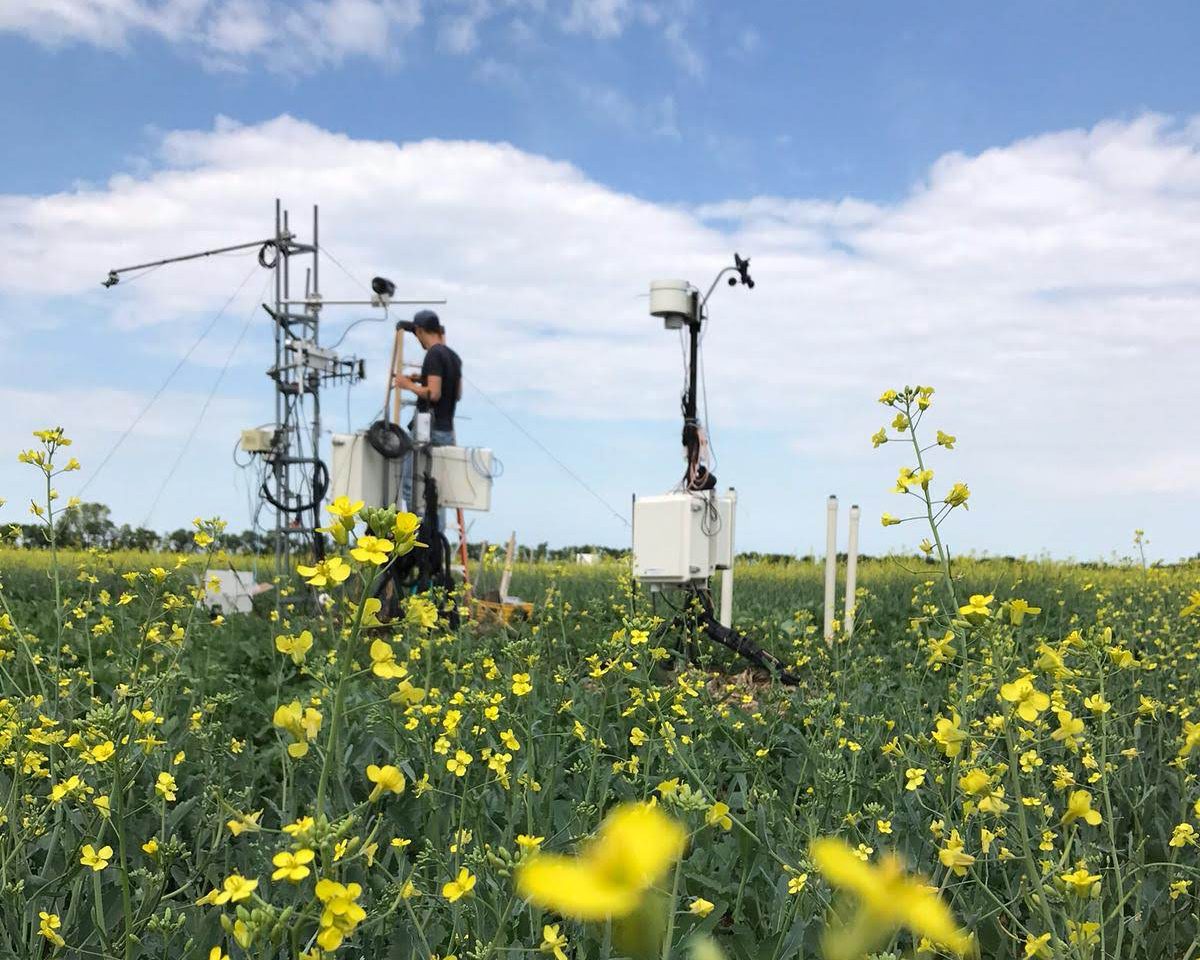
Op-ed: Agricultural innovation key to sector growth
The following is an op-ed written by Martin Scanlon, dean of the faculty of agricultural and food sciences. It was originally published in The Hill Times on Mar. 20, 2019.
Recognizing Canada’s large natural endowment of water and arable land, Innovation, Science, and Economic Development Canada (ISED) defined agri-food as one of six interconnected sectors with tremendous global growth prospects. But, as with the other five sectors, the government of Canada emphasized that the agri-food industry’s potential would only be realized through a concerted innovation mindset.
So, what does innovation look like in the ag sector? And what must the government do to cultivate innovation that ensures bold targets are met while also fostering food systems that are safe, healthy, just, and sustainable?
Canada’s Agri-Food Economic Strategy Table has set an ambitious target for increased production, proposing a 32 per cent increase in exports by 2025. A key determinant for this economic growth, which would allow farmers to produce more on the land they already have, is improved plant genetics.
The Canadian Food Inspection Agency works with industry to ensure a pipeline of better yielding varieties is available. However, with the advent of new technologies such as the gene-editing tool CRISPR, distinctions between plants with new traits and conventional varieties become blurred. If Canada is to be an attractive market for new products and technologies, then as Pierre Petelle of CropLife Canada recently remarked, our regulatory environment has to be predictable.
Good production outcomes also require the judicious application of plant protection products like herbicides, insecticides, and fungicides. This practice, essential for healthy organic and conventional crops, is frequently a point of concern for consumers. Social pressure demands that companies continue to innovate to seek ever more precise pest management solutions. As unmanned aerial vehicles like drones proliferate, the potential to deliver targeted doses of these products will further reduce the amounts applied to crops. Future innovations in robotics, driven by good image analysis technologies, portend the elimination of herbicides and insecticides altogether.
In “vertical farms,” plants grow in stacked layers, fed hydroponically in a closed and controlled environment. In these intensively managed systems, annual yields can be up to 12 times those in the field, while manipulation of the vertical farm’s light source can enhance the nutritional profile of the crops. In northern communities where fresh vegetables can be expensive, these indoor crop-growth innovations can help combat the development of diseases brought about by poor diets.
The Advisory Council on Economic Growth report of 2017 (also known as the Barton Report) noted that Canada only processes half its agricultural output. An underdeveloped food-processing sector was deemed responsible, with Canada running about a $4-billion trade deficit in agri-food products. Encouraging investment is key to adding value to Canada’s agricultural bounty. A motivated and skilled workforce is one investment attractor, and for this the country’s educational institutions must inspire Canada’s brightest and best to pursue careers in the food sector.
A receptive regulatory environment is also important for attracting investors. The Agri-Food Economic Strategy Table called for a regulatory reform agenda. How do we get more online detection of food safety hazards and fewer compliance-verification demands, such as measuring the density of water?
For countries that get it right, the benefits are enormous. In the Netherlands, one in six work in the food industry, and the country’s promotion of sustainability and thirst for innovation allow it as a small state to be the world’s second-largest food exporter. If Canada’s agri-food sector had the same commitment to training and innovation and appeal to investors, imagine the possibilities for our country, and the potential food security benefits for millions on this planet.
Canada has already made a substantial innovation investment in an important agri-food resource: protein. Protein Industries Canada (PIC) was the chosen agri-food supercluster by ISED in 2018. With a government investment of $153-million, matched with industry contributions of $400-million, Canada’s agri-food innovators are now part of the single biggest supercluster investment on the planet. By targeting better ways to produce and process plant proteins, PIC is leading Canadian businesses as they innovate their way into a $13-billion market opportunity.
But proteins are not just in plants. Canada’s Maple Leaf Foods, a company with more than $3-billion in revenues, aspires to be “the most sustainable protein company on earth.” One of its suppliers, an international animal genetics company, has invested heavily in state-of-the-art X-ray tomography infrastructure to examine relationships between an animal’s genetics, the proteins in its feed, and the protein in its muscles in order to reduce waste in both production and processing.
The House Agriculture Committee noted in 2017 that “research, science, and innovation are critical for maintaining and enhancing the sector’s competitiveness, both internationally and domestically.” The government of Canada’s innovation agenda in agricultural and food systems is set to foster sustained, long-term economic growth in an area where high quality continues to govern economic success.







“Good production outcomes also require the judicious application of plant protection products like herbicides, insecticides, and fungicides. This practice, essential for healthy organic and conventional crops, is frequently a point of concern for consumers”
What complete and utter nonsense. As an organic farmer I can say without reservation that pesticides ARE NOT essential to grow healthy organic crops. Good cultural practices certainly are, but pesticides most certainly are not.
That a university would spread this kind of misinformation is alarming and indicative of much deeper problems.